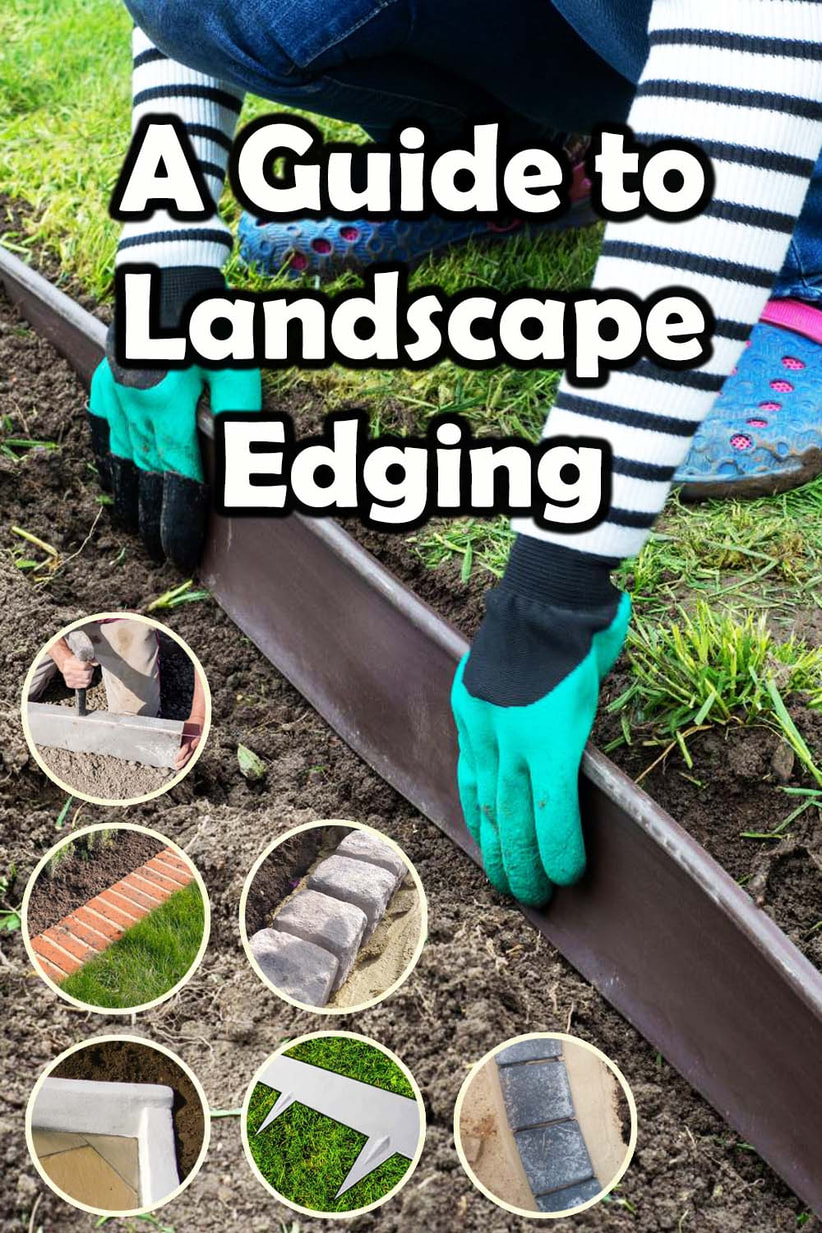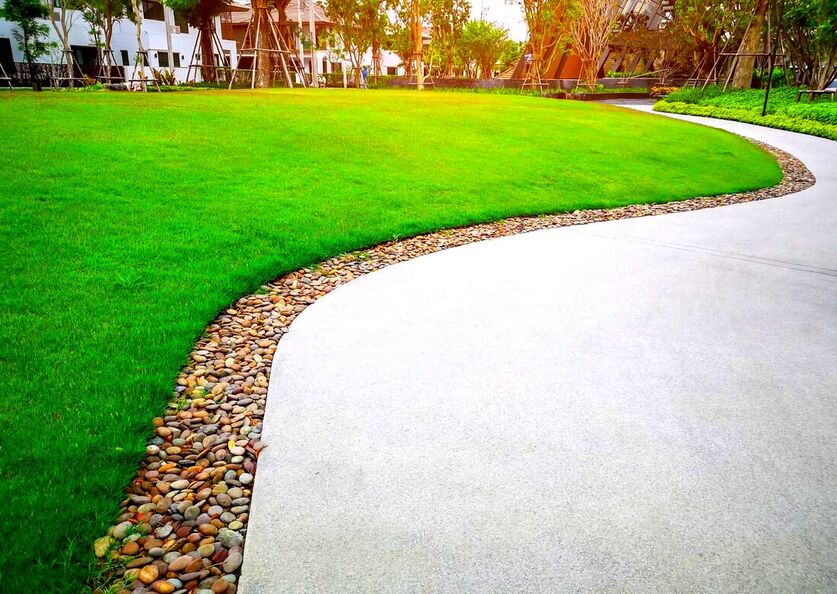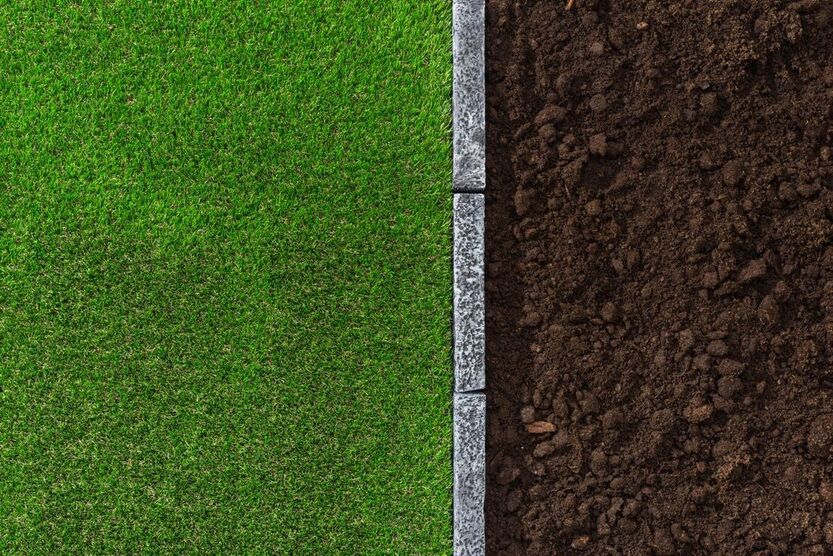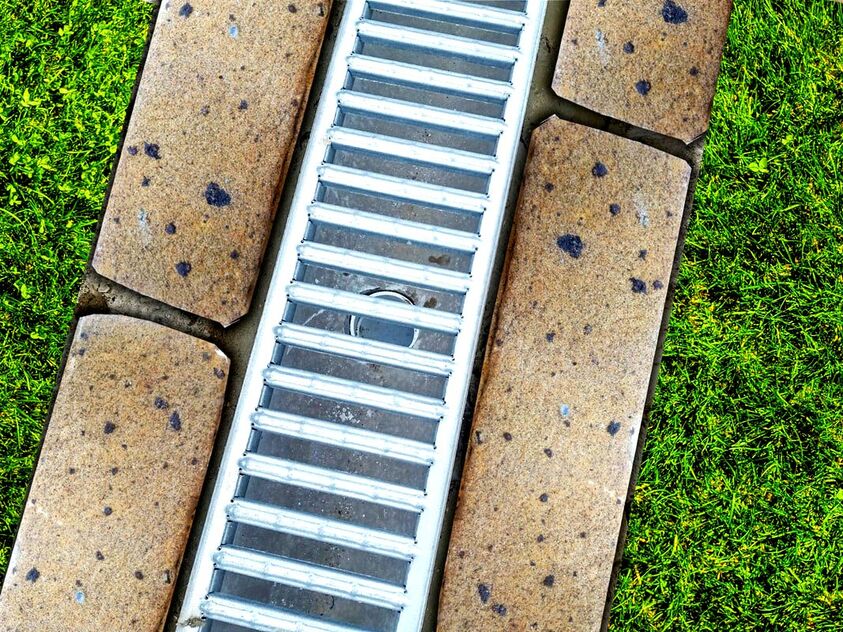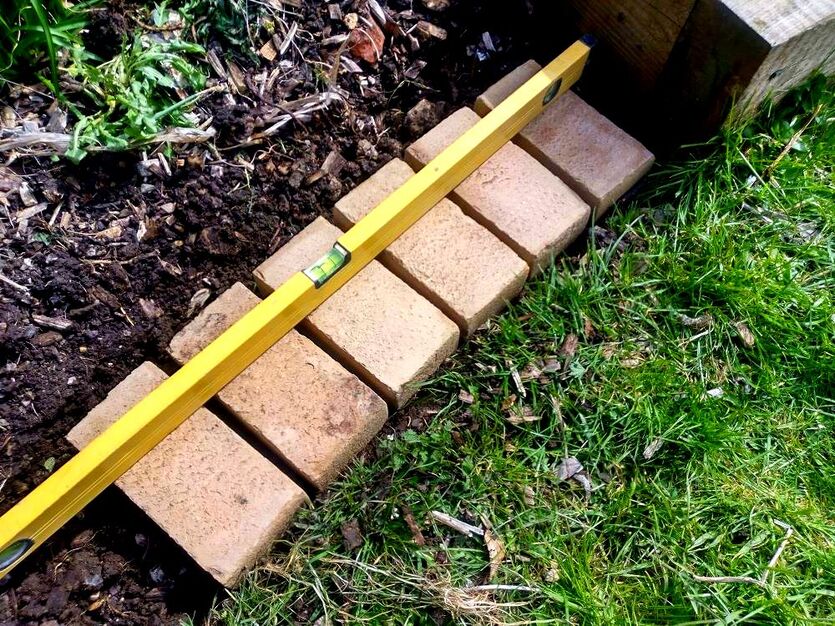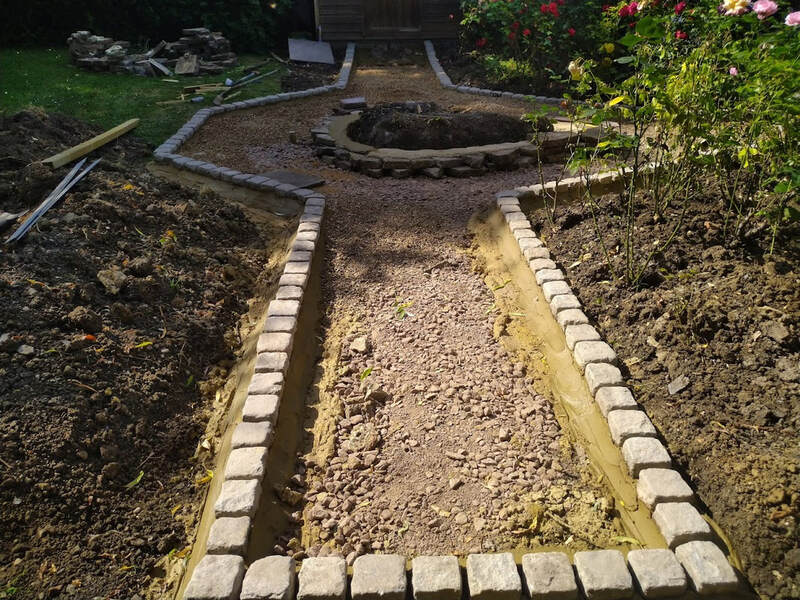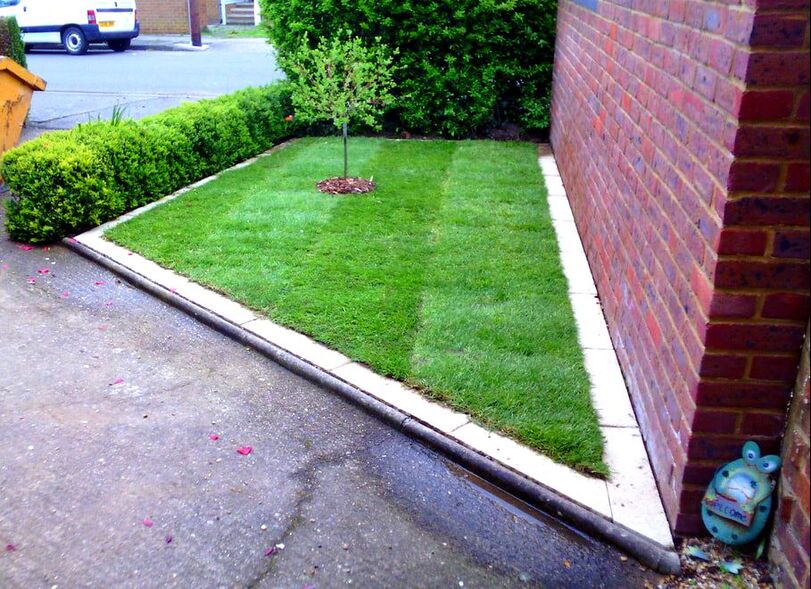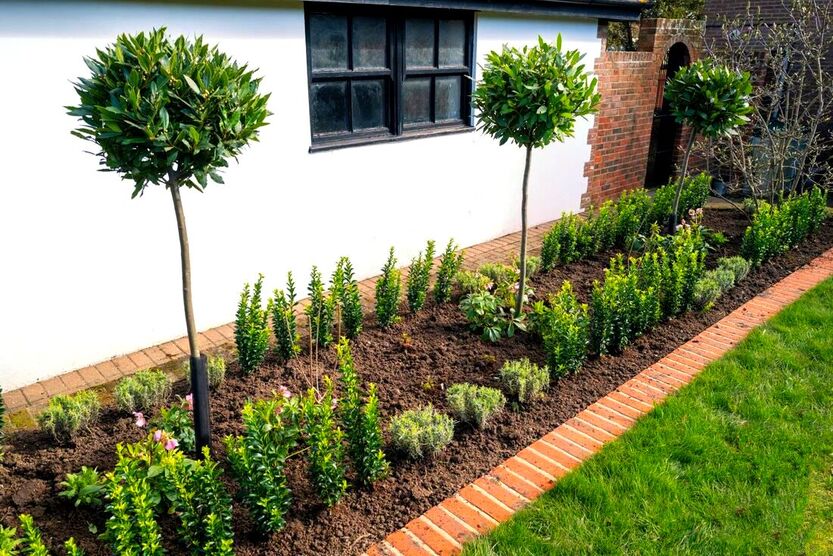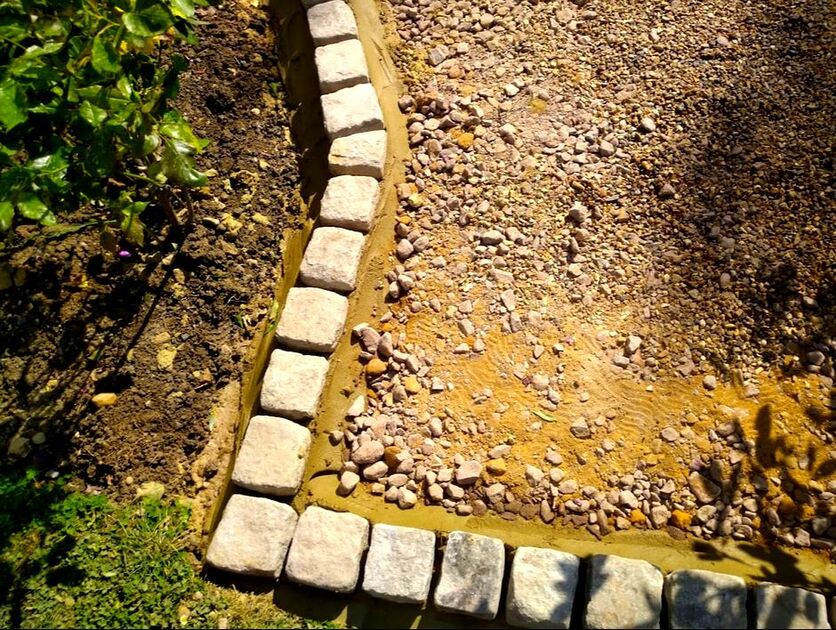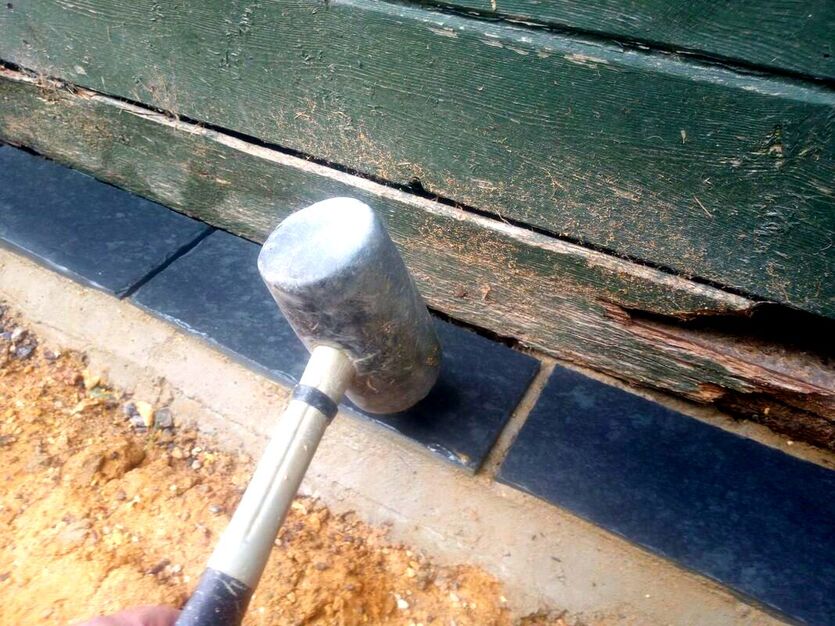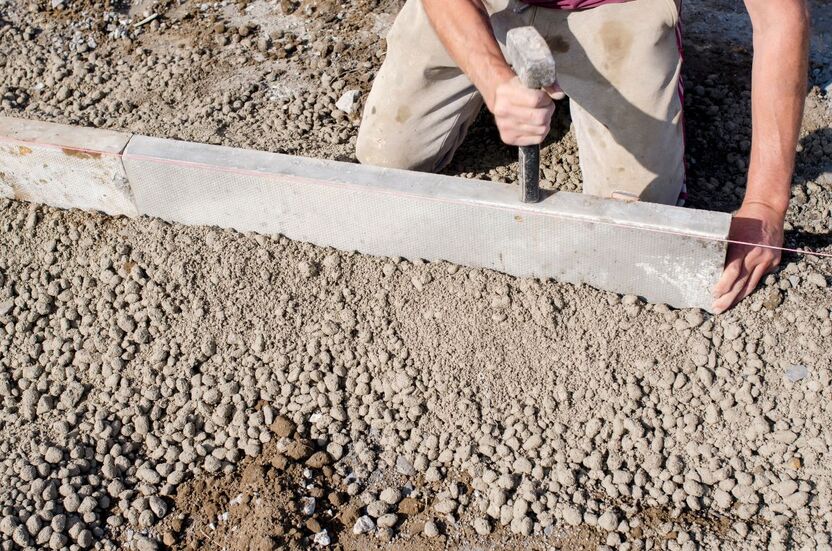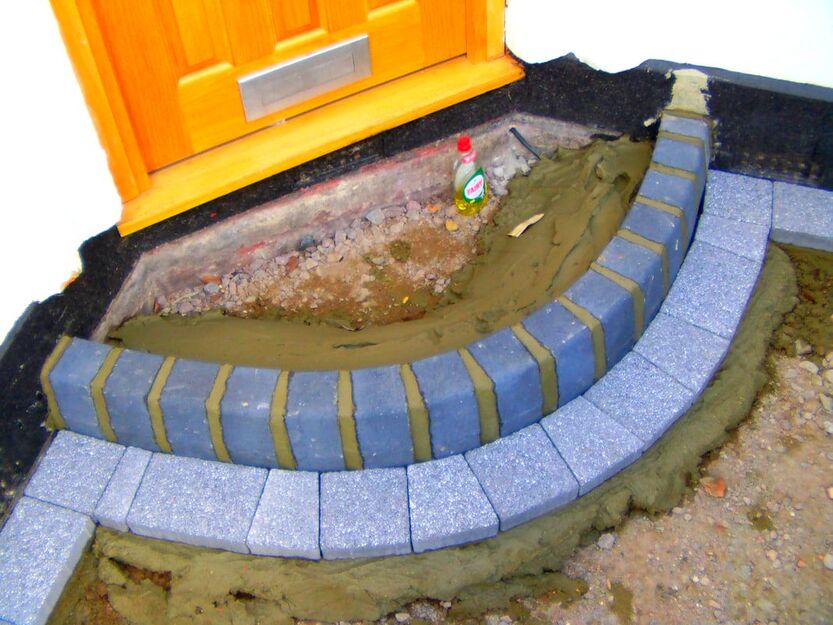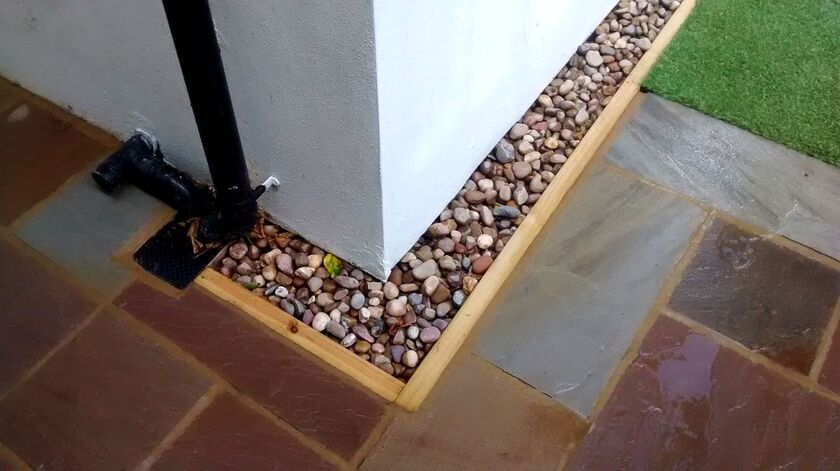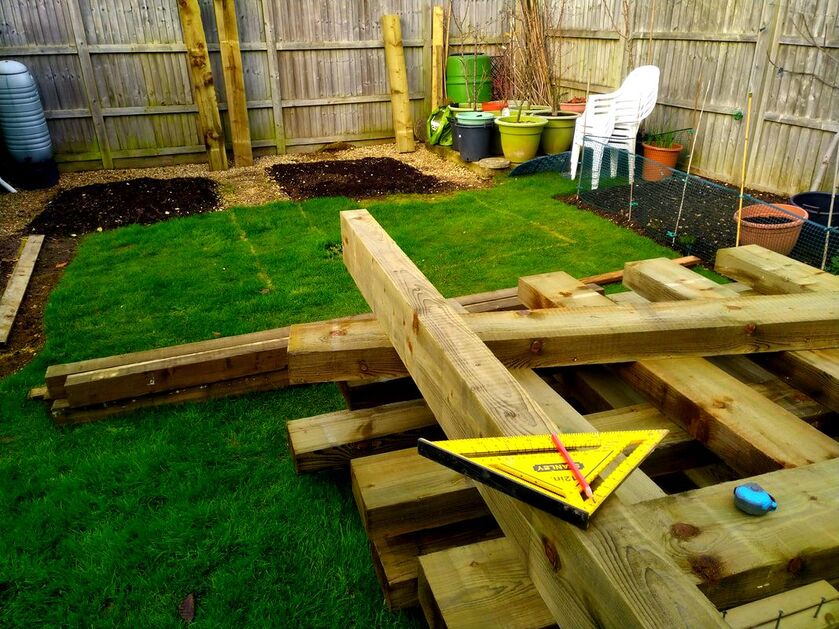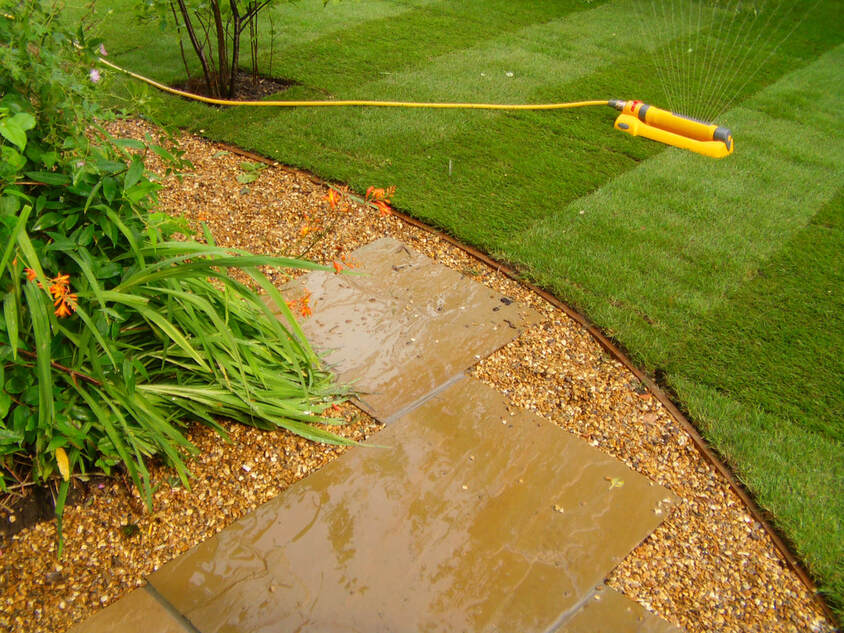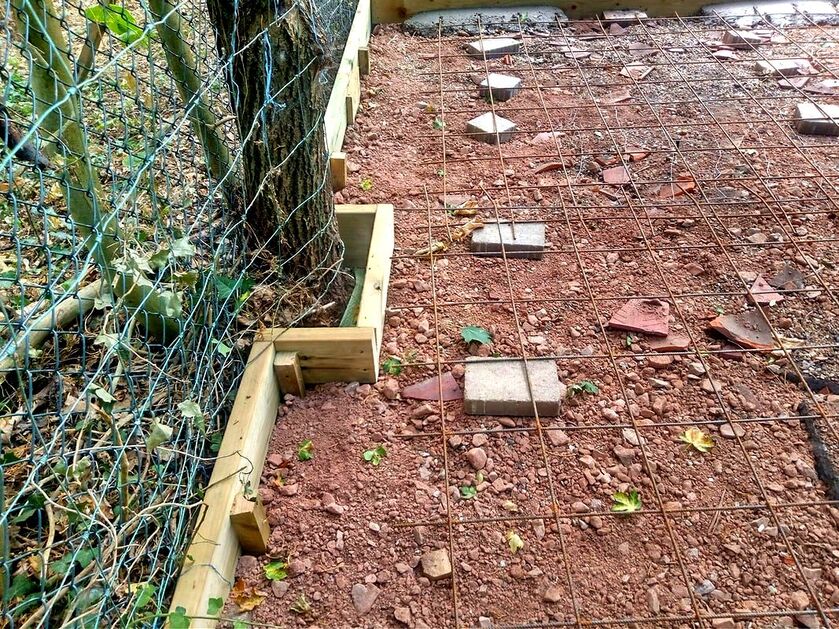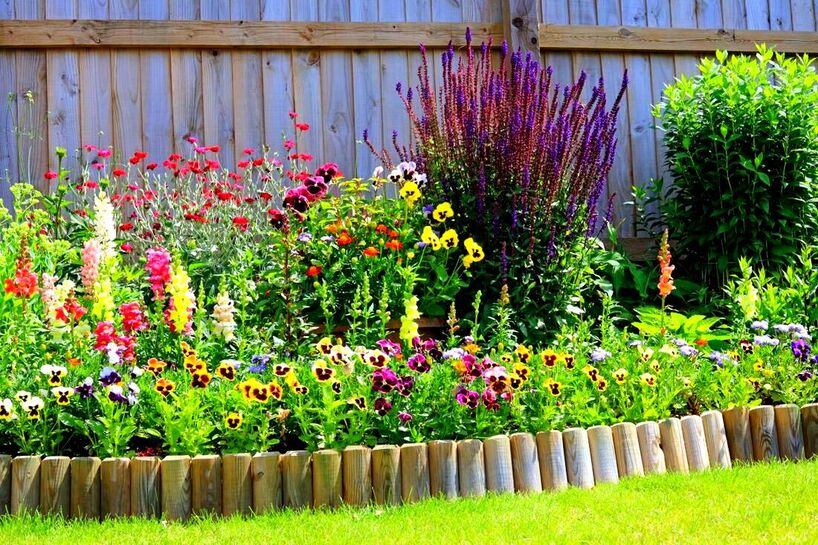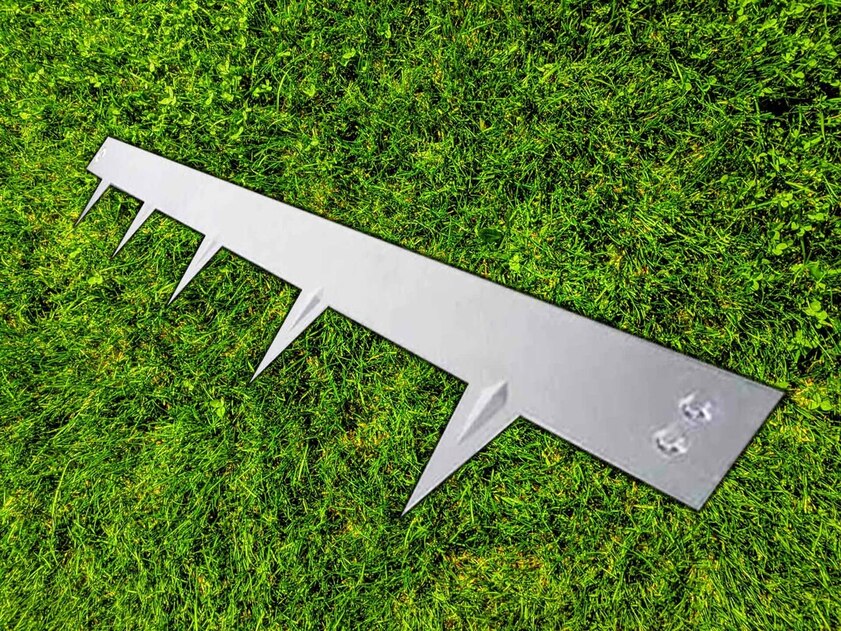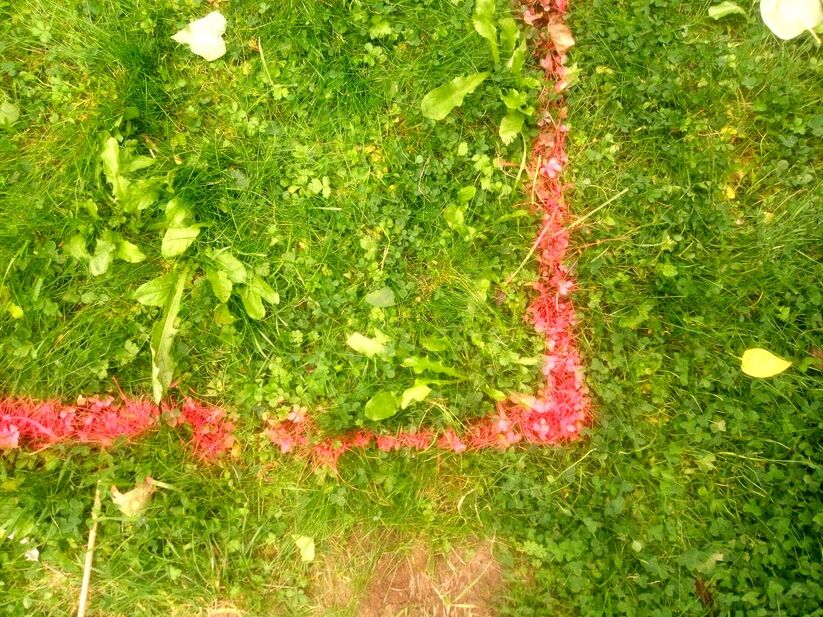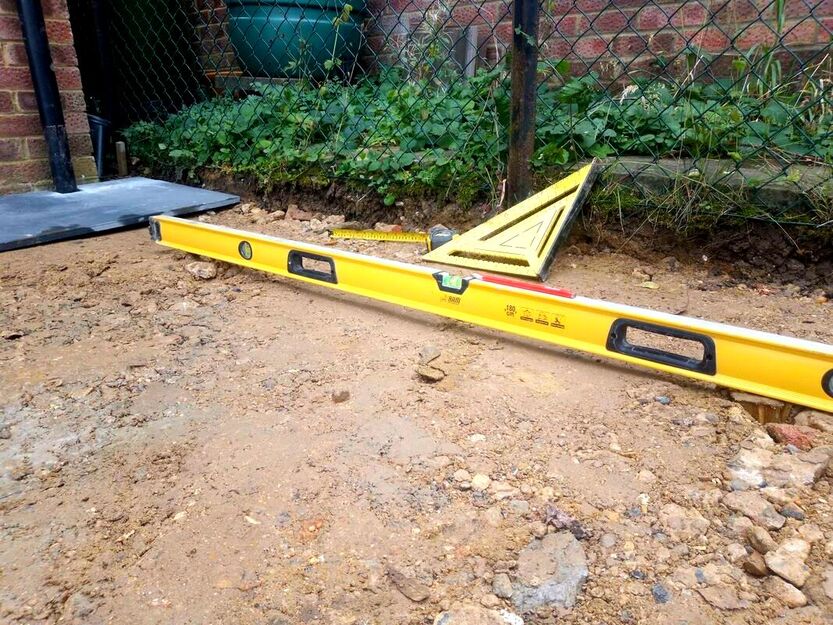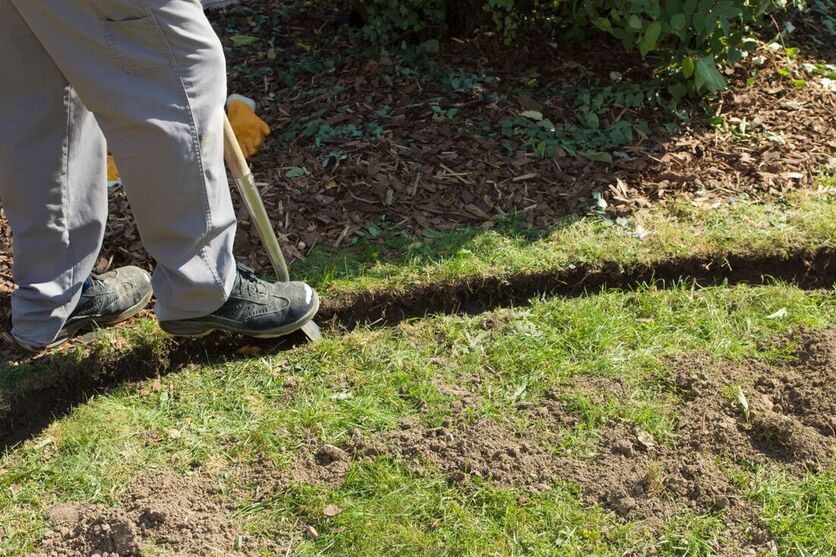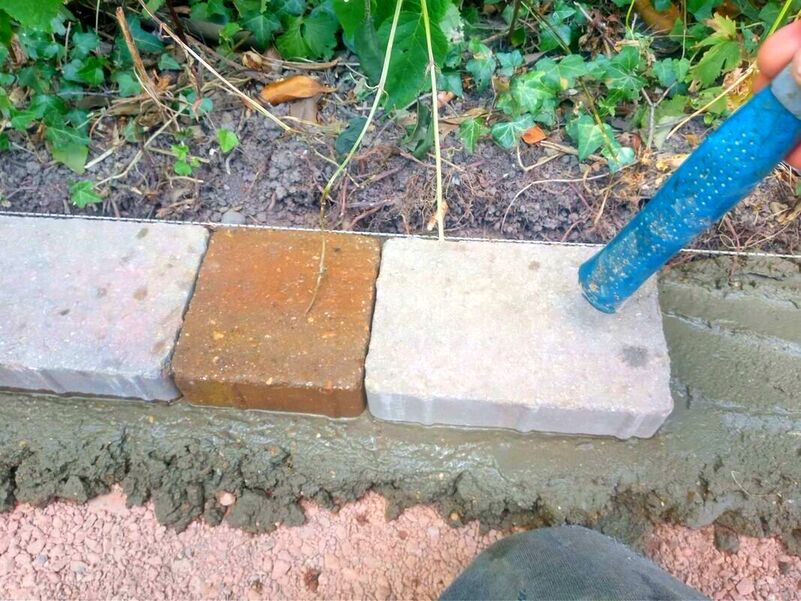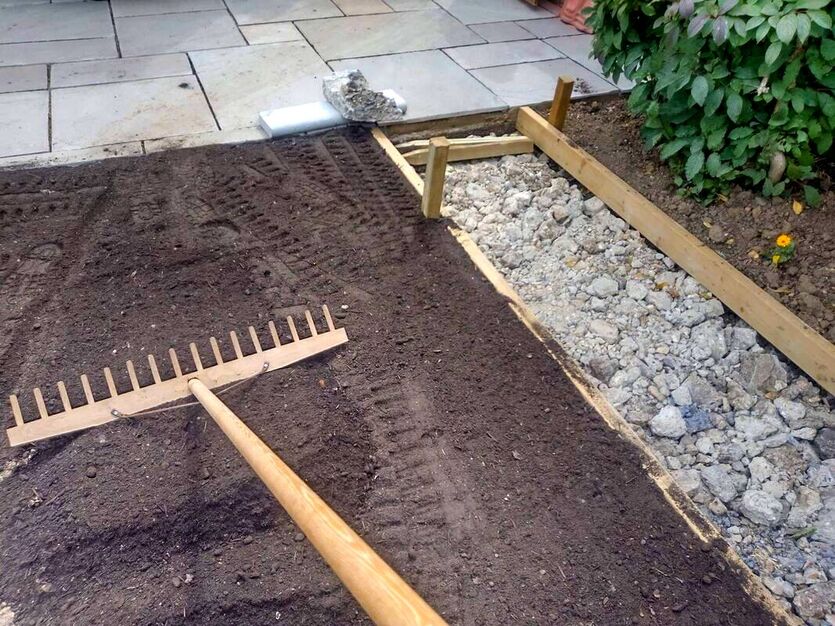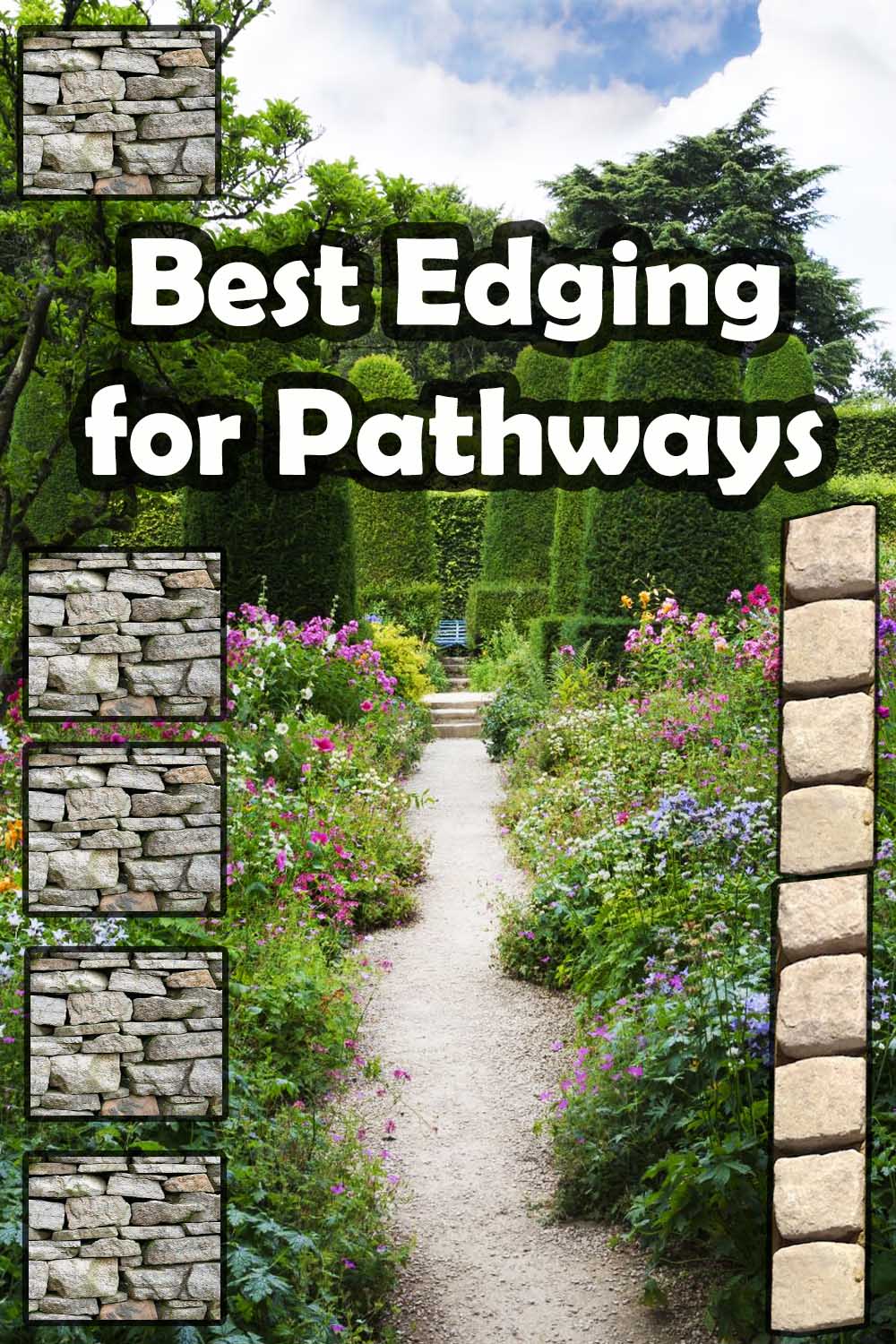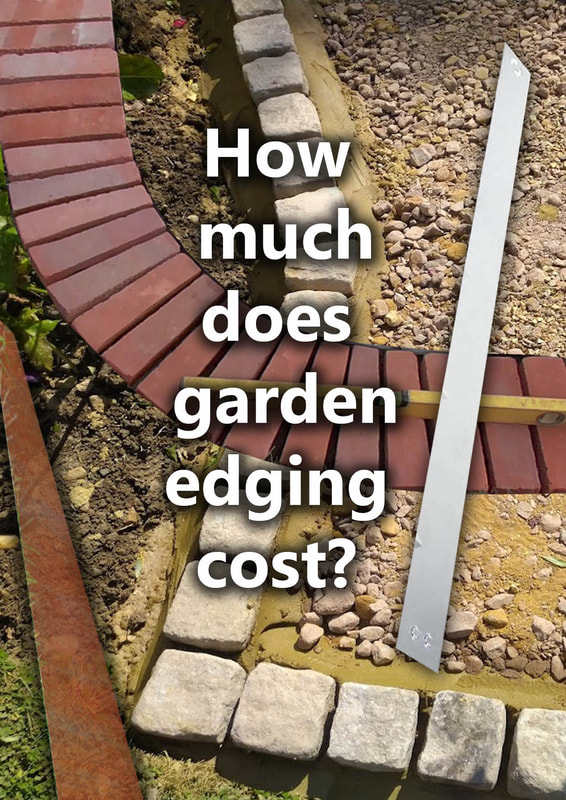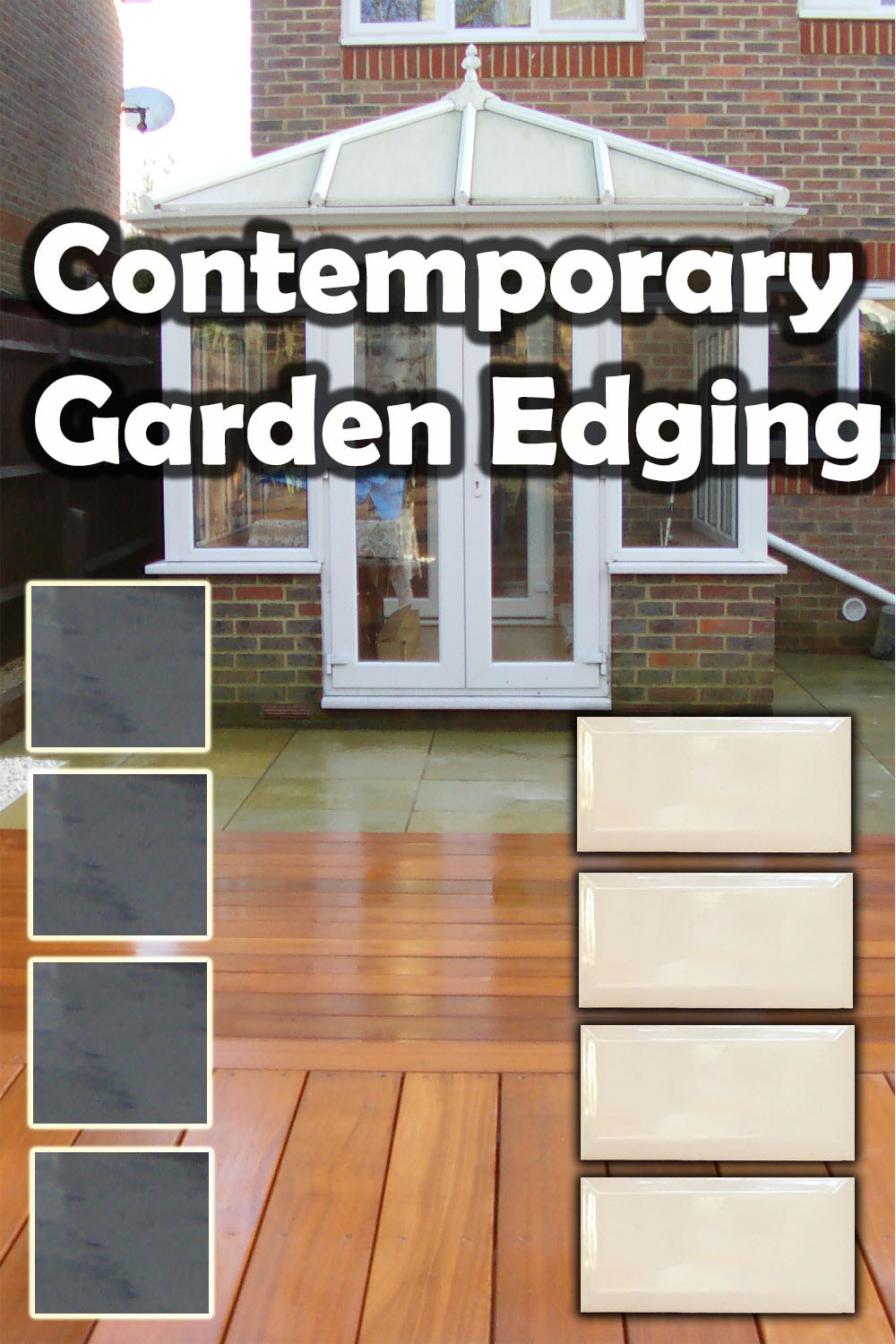|
This article contains affiliate links
Landscape edging is a fundamental component of garden landscaping with its importance often being overlooked! There is no other landscaping element that has so many uses including both functional and aesthetic.
Well executed landscape edging has the ability to tie a garden design together defining spaces and adding structure. As well as allowing for seamless design flair, garden edging has many critical functions. Some of these range from aiding maintenance tasks to adding structural integrity. In this landscape edging guide I investigate the various functions and applications of garden edging. I also explore the many different landscape edging materials, styles and products available. I will provide an overview of edging options and how they can be utilised and installed within your project. Why is landscaping edging important?
Creating definition and structure
Landscape edging helps to define various garden elements including; lawns, pathways, borders, focal points and features. It can create clear boundaries enabling you to provide structure and fluidity to your design.
Aesthetic enhancement
Edging can add much appeal to landscaped spaces creating clean curves and perfect symmetry. They can also highlight features of interest bringing a sense of order and refinement. Masonry edgings in particular are good for forming visual textures and rustic appeal.
Grass & weed control
Landscape edging can create a defined barrier between flower borders and other surfaces. This can help prevent the encroachment of weeds and unwanted vegetation into other areas. By providing a broad separation between lawns and other surfaces enables easier maintenance and an effortless mowing regime.
Why not visit our article on the best edgings for mowing here. Soil retention & erosion control
Landscape edging installed correctly will help to retain ground and create a rigid boundary between soils. Particularly in the case of retaining edgings, robust edgings can help to level gradients and retain raised borders. Heavy masonry materials such as bricks and blocks are especially efficient at stabilising soil and preventing erosion.
Safety & accessibility
Edgings can play a vital role in providing clear and accessible routes through the landscape. This is especially important in larger gardens where some spaces may be out of bounds. Well installed edging can reduce the risk of trips and improve access to all areas of the design.
Water management
Edging can assist and dictate water flows around a landscape by setting surface levels and collecting water. They can be installed to help water flow away from unwanted areas such building foundations and living areas. Well levelled border edging to gardens can make levelling lawns and paving for water runoff much easier.
Why not visit our article about the best edgings for drainage here. Plant growth
Garden edging helps to create defined growing spaces separated from compacted aggregates and lawns. This enables gardeners to isolate growing areas and ameliorating them for optimum plant growth. Well installed landscape edgings can help to retain mulches and prevent the encroachment of weeds.
Design uses for landscaping edging
Defining borders
One of the most crucial uses of landscape edging is creating defined borders. These clear boundaries can create clean junctions between paving, pathways flower beds and lawns. Defined borders allow you to add clarity and order to the design with a freedom to portray various shapes.
Creating visual interest
Landscape edging comes in a wide variety of products and is able to create numerous decorative effects. Whether it’s a row of bricks, vertical sleepers or curved steel, edging can enhance a gardens aesthetic appeal. Well designed and installed edging can greatly increase a landscapes visual interest.
Adding structure & form
Most landscape schemes have various zones and transitional spaces worked into their design. Landscape edging allows the opportunity to clearly define and realise these structures. Edging enables the landscaper to form geometric shapes and patterns establishing a rhythm to a design.
Accentuating landscape features
Landscaping edging has the ability to add spatial hierarchy to specific elements within a garden space. Edging can accentuate key features and focal points such as water features, trees and sculpture. Laying edging in squares and circles around such features can help to frame focal points and make them stand out
Softening harsh transitions
Broader landscape edgings have the ability to soften harsh transitions between different surfaces and level changes. For example installing a row of granite setts where a gravel surface meets paving. This can be applied to steps where different coloured or textured edging draws attention to level changes.
Creating contrast & texture
One of the most powerful impacts landscape edging can produce is creating bold contrasts. This especially so where bold, colour contrasts are involved! For example, black slate setts can make a dramatic edging border to light coloured aggregates. Consistent mortar joints in such edgings also create more course and exciting visual textures.
Promoting unity & cohesion
The great thing about landscape edging is it gives you the opportunity to form consistency throughout a design. Very often an outside space will have a broad range of varying landscape spaces. By using a consisting edging running throughout your can form more unity and cohesion within the garden.
Different types of landscaping edging
Brick
Bricks are a fantastic material for creating garden edging! Not only are they durable they come in a wide variety of colours, materials and textures. Created as a structural building material they also provide the opportunity to create raised and retaining edging. These can be used to build up steps, level changes and raised borders. Bricks also make fantastic flush edgings such aslawn mow strips and borders to gravel surfaces.
Natural stone setts
Natural stone setts are rough cubes of natural stone normally about 100mm cubed. These robust stone units can form strong retaining edgings to borders and gravel surfaces. Setts are particularly great at forming decorative borders to paved surfaces and transitions between different materials. The most familiar example of these is granite setts which have been used for centuries. When laid together setts have many mortar joints which create satisfyingly, coarse, visual textures.
Natural stone paving
Natural stone paving covers a wide range of edging products and paving on the market. Some materials such as Indian sandstone and slate have their own specific edging and coping products. However making landscape edgings from natural stone paving is relatively straight forward. You will need to cut down your paving into whatever shape or specification you desire. Paving can then be laid as flush edgings to lawns, flower borders or pathways. The benefit with this method is you can easily match edgings to existing patios and pathways.
Concrete edging
Concrete edging comes in a number of forms and products with varying construction methods. One of the most common concrete edgings is linear PC edgings or path edgings. These come in 1 metre long sections and around 150mm wide. Concrete edging can also be built using dense concrete blocks laid with mortar. These can then be capped, rendered, painted or clad with tiles or external cladding. There are many concrete blocks or pavers on the market such as block paving which makes effective landscape border edging.
Kerb edging
Kerb edgings are pre-cast concrete blocks specifically designed for landscaping and driveway projects. These bulky edgings are usually laid in long sections to form robust retaining features such as steps and borders. Due to their bulk these kerbs are particularly effective at creating level changes and retaining volumes of soil. Kerb edging blocks come in a wide range of colours textures and styles. Some common styles are chambered, bull nose and half battered edging kerbs. Many kerbs come in both rustic and contemporary styles making them suited for a broad range of landscaping projects.
Timber edging
Timber is a popular material for landscape edging due to its natural tones and flexibility. However, timber is rarely a permanent solution due to its tendency to rot in outdoor conditions. However there are three common timber products successfully utilised for garden edging; sleepers, 6x2, gravel boards and log roll edging.
Sleepers
Sleepers are large, bulky sections of timber typically 3 metres long, 200mm wide and 100mm deep. Originally these robust cuts of timber where produced to base railway lines. However they have since become a popular building material within landscaping. Sleepers can make effective retaining edging and be set either vertically or horizontally. Horizontal sections are perfect for straight edging while vertical sections can be used for curves.
Gravel boards
Gravel boards are long, treated, timber board’s manufactured for installing under fence panels. Gravel boards lift panels up off of the ground to prevent contact with soil subsequently leading to decay. However these versatile boards have a number of other uses including landscape edging. As these are flexible they are perfect for forming curved or straight edging to paths and lawns. Boards are usually fixed to 50x50mm pegs driven into the ground with external grade screws.
6x2 timbers
6X2 Timber is traditionally used in construction for roofing and flooring joists. However external grade treated 6x2 timbers are perfect for creating straight landscaping edging. Traditionally used for joisting decking this timber can make fantastic flush edging to lawns and pathways. 6x2 can also be utilised for raised edging to borders and vegetable beds. Although treated in damp soils this edging may degrade after around 10 years.
Log roll edging
Log roll edging is a popular garden edging consisting of semi circular log style timbers connected by metal wires. The wire gives this edging an ability to flex into almost any shape or curve imaginable. It is typically used to form a slight raised edging to flower borders to help retain excess soil. This edging is highly decorative and comes in a range of different heights and lengths.
Metal garden edging
Metal garden hedging is a relatively new type of garden edging often loved for its contemporary look. Metal edging is often robust, flexible and decorative making it very versatile and suitable for many applications. Due to its thin profile it has become perfect for scenarios with a need for inconspicuous edges. For example modern lawns and surfacing such as concrete and resin bound aggregate.
How to install garden edging
Although most landscape edgings come in a broad variety of materials and products their instillation is often similar. Below I have listed the most common steps needed to install garden or landscape edging.
Marking out your edging
Marking out where your edging is to be situated is a crucial first step of landscape edging installation. Marking out allows you to set out perfect straight lines or the gentle curves of your projects design. Marking out can be achieved with string lines, pegs or marker spray.
Checking your levels
Landscape edgings either have to be installed level or to and even gradient. Therefore it is a good idea to mark out your completed height as well as position. This is best done with a tight string line or can be marked with pegs. These market heights will determine the depth of your excavation to set in your edging.
Excavating your edging channel
Your depth and breadth of landscape edging excavation will depend upon the type of edgings you are installing. If you are installing stone or brick you will require a broad and deep excavation to accommodate sub-base. Narrow and thin edgings will require a much thinner excavation to set in the edging.
Fixing and bedding down your edging
The method of fixing landscape edging will also depend on the type of your edging product. Masonry materials will be bedded down upon mortar or concrete on top of a sub-base. Whereas timber edging is normally fixed to timber pegs using external grade screws.
Why not visit our article which explains how to lay concrete block edging on mortar here. Backfilling around your edging
Once your edgings are installed you can backfill any excavated soil back around your edgings. You may have installed higher edgings than your existing level to raise your gardens soil. If so you can bring in new soil and spread it to build up new levels.
Thank you for reading our article on the ultimate guide to garden edging. If you require garden edging services why not contact Buckinghamshire landscape gardeners today?
Based in Amersham we undertake a wide range of landscaping services including; brickwork, paving, pathways, edging installation, fencing, drainage systems, garden walls, landscape design, garden clearances, new lawns garden re-levelling, ponds, wildlife gardens and gravel installation. We cover most of Buckinghamshire including Hertfordshire, Oxfordshire and the local regions of Amersham, Aylesbury, Beaconsfield, Chesham, Chalfont Great Missenden, Gerrards cross, High Wycombe & Tring
'As an Amazon Associate I earn from qualifying purchases'
0 Comments
Leave a Reply. |
The Author
|
Landscaping services across Buckinghamshire, Amersham, Aylesbury & High Wycombe
Hyde Heath, Amersham, Buckinghamshire |
|
